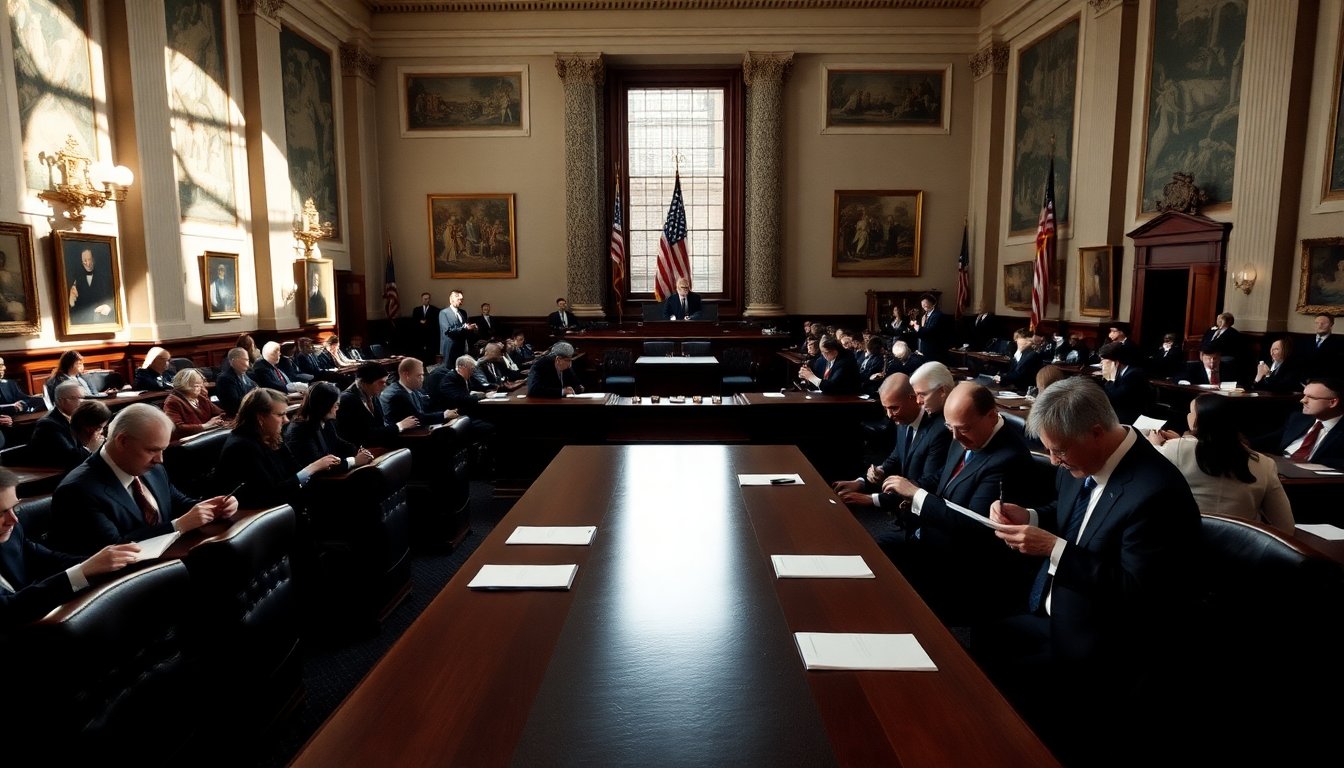Table of Contents
In a session marked by a distinct lack of turmoil, Congress officially confirmed the electoral victory of Donald J. Trump. This announcement, made by Vice President Kamala Harris, stood in stark contrast to the tumultuous events that surrounded the previous certification four years earlier. The atmosphere was notably tranquil, reflecting a different political climate and setting the stage for Trump’s next term.
The contrast between this session and its predecessor is striking. While the previous certification featured protests and significant unrest, this year’s proceedings unfolded smoothly, highlighting a potential shift in public sentiment and political engagement. The calmness of the event suggested a more unified approach to governance, at least in the immediate aftermath of the election.
Understanding the significance of the certification
The certification of an elected president is a vital process in the American political system. It serves as a formal acknowledgment of the results of the electoral process. When Vice President Harris announced Trump’s victory, it not only validated the votes but also reaffirmed the democratic process that underpins the nation’s governance.
Moreover, the smooth transition of power is crucial for maintaining stability within the government. The peaceful certification of Trump’s victory could signal a readiness among lawmakers to collaborate and focus on pressing issues that the country faces. Such cooperation is essential for addressing both domestic and foreign challenges, especially in a time of political polarization.
A reflection on the past
Four years ago, the certification of Trump’s first victory was marred by protests and chaos, with many lawmakers and citizens expressing their dissent. This tumultuous backdrop highlighted the deep divisions within the country. In contrast, the recent session was devoid of such dramatic displays, suggesting that the electorate may be moving towards a more reconciliatory stance.
While challenges remain, the absence of conflict during this certification might indicate a willingness among various factions to respect the electoral outcomes. This could pave the way for a more constructive political environment, which is crucial for effective governance.
Implications for the future
The implications of this calm certification extend beyond the immediate event. It raises questions about the political landscape in the coming years. With Trump returning to the presidency, many are curious about how this will influence his policies and the legislative agenda. A peaceful transition may lead to opportunities for bipartisan initiatives and collaborative efforts that address key issues.
Furthermore, the ability of Congress to certify Trump’s victory without incident could reflect a broader acceptance of electoral results, which is essential for the preservation of democracy. This acceptance is vital not just for the current administration but for the future of political engagement and public trust in the electoral process.
Public response and outlook
The public’s response to the certification has been varied. Some express optimism about the potential for a more stable political climate, while others remain skeptical about the implications of Trump’s presidency. The key to navigating this complex landscape will be transparency and communication between the government and its constituents.
In summary, the certification of Donald J. Trump’s victory by Congress, devoid of the previous years’ drama, marks a pivotal moment in American politics. It reflects a potential shift in public sentiment and governance style, opening avenues for collaboration in a politically charged environment. The hope is that this calmness can be sustained, leading to effective leadership and a united front in addressing the challenges ahead.


